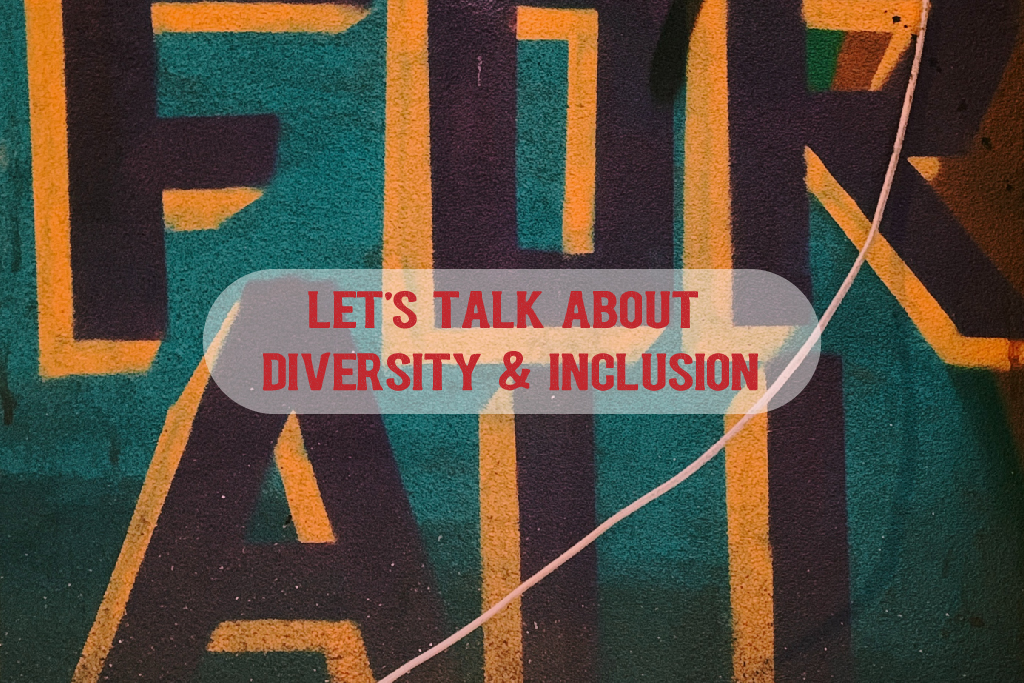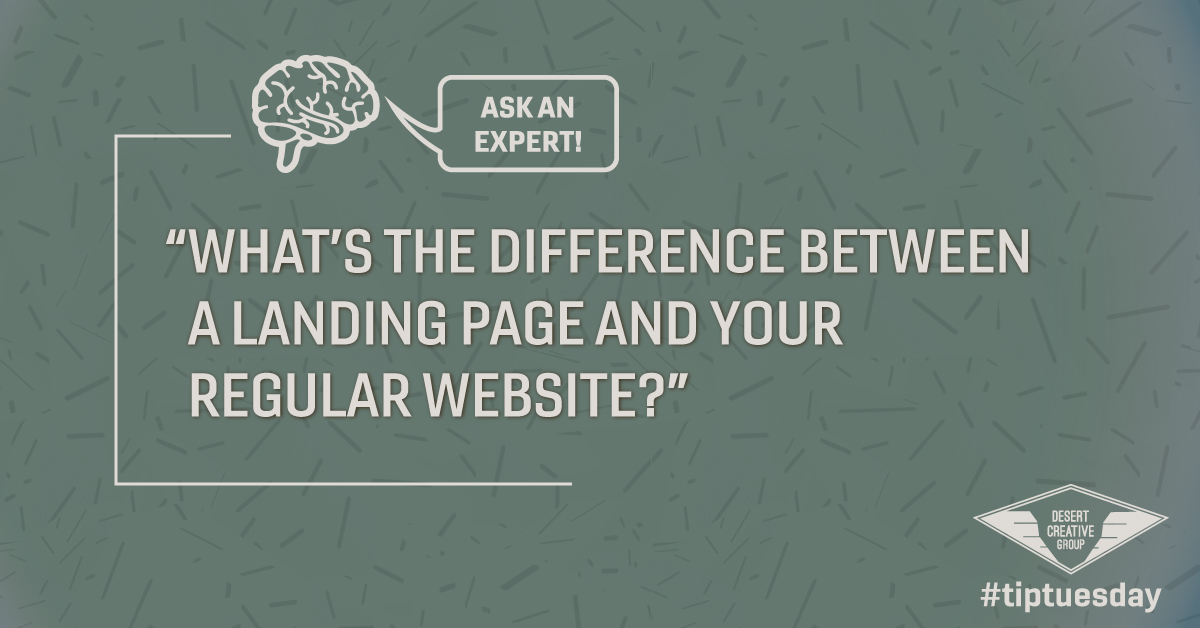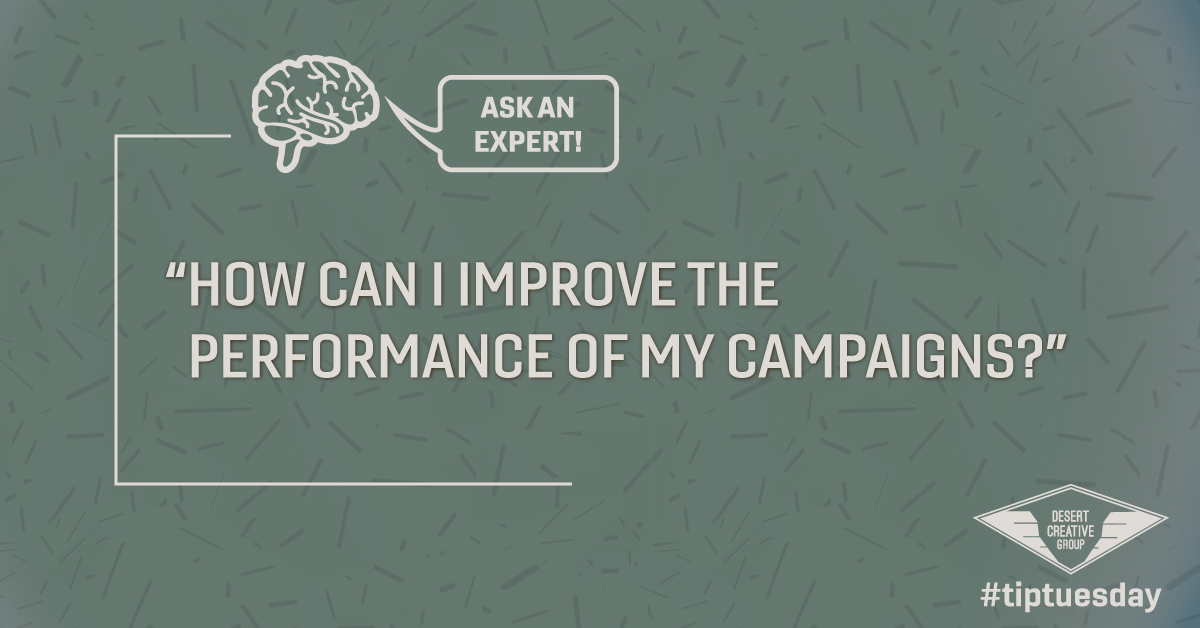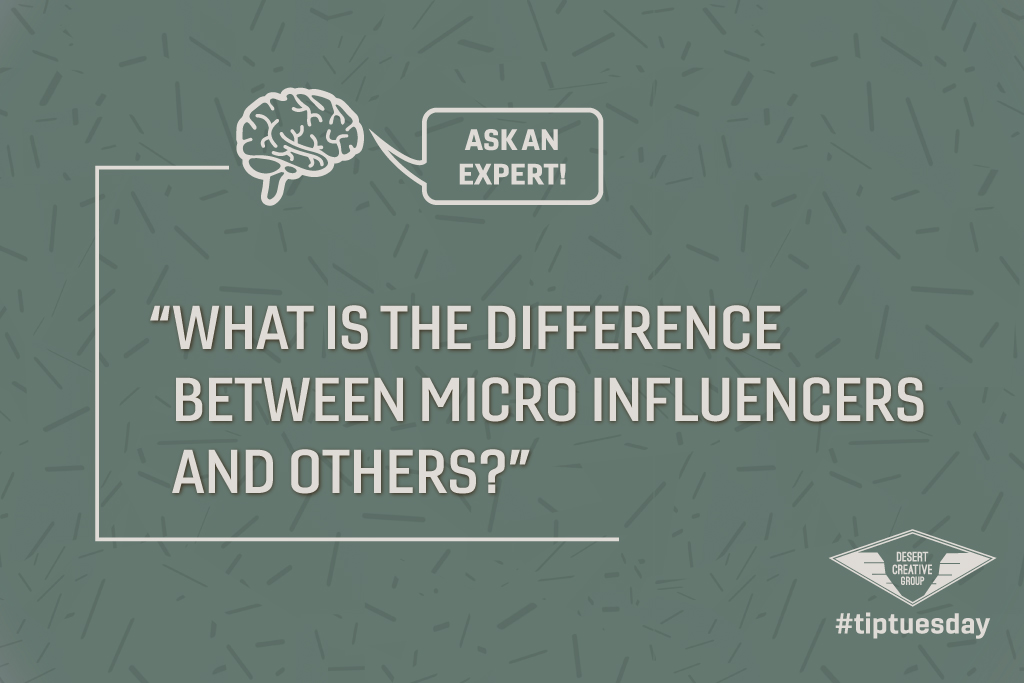Let’s Talk About Diversity And Inclusion
Many businesses of all sizes have started having conversations around the ideas of Diversity and Inclusion over the last several years. The trend toward creating a more diverse and representative culture inside of companies is a positive change for both company culture and a company’s bottom line. Companies such as Target, Coca Cola, Apple, Dove and others have made huge strides in the variety of cultures and communities they represent both in their workforce and in their media campaigns. Businesses of all sizes can benefit from taking an honest inventory of whether they resemble the communities and customers they serve and would like to serve, both internally and in their marketing efforts.
Diversity vs Inclusion
Diversity mostly refers to welcoming the presence of people of a variety of national origins, cultures, skin tones, genders, religions, socioeconomic backgrounds and sexual orientations.
Inclusion can also involve integrating the above groups, but also refers to those who are living with disabilities, as well as creating accommodations for those people to increase their accessibility to the same opportunities as those who are non-disabled.
How does this play into marketing?
Increasing the diversity in your marketing is a great way to make a wider range of possible customers feel confident and at ease getting involved with your product or service. Although strides are being made in representation in marketing, there is still much room for improvement. To see a stark example of this, in all US advertising between 2017-2019, fewer than 1% of people portrayed were an indigenous person, despite that there are approximately 6.6 million indigenous Americans (Geena Davis Institute for Women in Media, 2021). People from minority groups who see themselves represented in a company’s marketing are more likely to give them their business because they feel valued and comfortable.
When Coca-Cola aired the “I’d like to buy the world a Coke” ad in 1971, it was groundbreaking. In the ad, a host of multi-ethnic young people stand on top of a hill together singing a song about global unity and holding Coca-Cola bottles labeled in different international scripts. Coke meant for this ad to claim and give appreciation to the international embrace of their product. It was the most expensive ad of the 70’s, and Coca-Cola considers the money well spent as it is regarded as one of the most popular commercials ever, all over the world. Coca-cola recognized far ahead of most companies the way representing the diversity of all those who were purchasing a Coke could boost their company and brand.
Inclusion is not an option, it is a necessity.
According to the United Nations, people with disabilities are the largest minority in the world, with 15% of the global population experiencing some form of disability. However only 2% of all people featured in advertising between 2015-2019 were disabled (Geena Davis Institute for Gender in Media, 2021). Marketers should support disabled communities by representing them in content, and create marketing materials that are usable/accessible by people with a variety of disabilities is important for every company. Factoring in how your marketing will be accessible to differing abilities from the outset should be a priority.
Accessibility is not just a good business practice, but important for staying legally compliant with the Americans with Disabilities Act. Currently you can access the Web Content Accessibility Guidelines here. The four principles of this guide are that accessible websites are perceivable, operable, understandable and robust. Currently companies of fewer than 15 employees and not receiving federal funding are not being charged with violations of the ADA in regards to online content, but it is likely this will change in coming years.
It may be surprising for the able to learn that reading emails and navigating a web page would be challenging, but it is a daily reality for people dealing with colorblindness, low vision, deafness or hearing limitations, neurodivergence, or motor conditions. Online marketing can be optimized for those with disabilities in numerous ways, such as live captioning of streaming content and using audio description in videos, social media reels and ads. In addition, adding descriptive alt text to photos in online content, as well ensuring hyperlinked text provides context so that users know what to expect when they click, make websites and email much easier to navigate for those using a screen reader.
The Bottom Line
Taking care to acknowledge all the members of your community is a great way to honor the experiences of your employees and your current and potential customers. Making efforts in the area of Diversity and Inclusion in marketing also creates a welcoming impression that leaves people feeling positively about doing business with you, and attracts people with great ideas and energy to come work on your team who might not have considered your business before! There are so many positive outcomes to be enjoyed by making efforts in Diversity and Inclusion.
Have questions about how your business can improve in the area of Diversity and Inclusion? We’d be happy to discuss this or any other marketing topic you might have! Please contact us here!
Don’t Miss Out on Tip Tuesday!
For more marketing and business-related tips, sign up for our weekly #tiptuesday email newsletter here:




